Understanding and Writing a Plain Language Summary
 Dr. Clark Holdsworth, Research Communications Manager
Dr. Clark Holdsworth, Research Communications Manager
What is a plain language summary?
A plain language summary is a brief synopsis of a scientific publication—much like an abstract—that has been written expressively for a non-technical audience by careful selection of easily understandable terms and descriptions. The summary generally meets the same length requirements as a conventional abstract, although it may be even briefer on average. Typically, the plain language summary is created as an adaption of the traditional manuscript abstract.
Who is the audience for the plain language summary?
The plain language summary is written for a general audience, but this often-used term is not an entirely adequate description for preparing your plain language summary. It is best to consider specific demographics of the general audience you might find in your own field. Here are two useful examples:
1. Climate science
a. Policy makers
b. K-12 students
c. Museum, national park, and other educational program staff
2. Medicine
b. K-12 students
c. Museum, national park, and other educational program staff
a. Policy makers
b. Patient advocacy groups
c. Study subjects and support staff
b. Patient advocacy groups
c. Study subjects and support staff
In the first example, you’ll notice that this field will garner substantial interest from educational programs as the social implications of this work are a strong current emphasis for a science-literate population when it comes to climate change. For the second example, it is clear that the important members of this general audience are actually stakeholders. Groups that rely on this field—such as patient advocates and study participants themselves—expect clear communication of research and will be active disseminators of those research findings.
Plain language summary checklist
1. Brainstorm specific individuals or groups of importance within your field’s general audience.
2. Review your technical abstract and highlight all technical terms.
2. Review your technical abstract and highlight all technical terms.
a. Substitute simple descriptions for all technical terms or provide a parenthetical reference to clarify jargon that cannot be substituted.
3. Review your technical abstract for any statement specifically included to aid other researchers; for example, specifying equipment or reagents for reproducibility purposes.
a. Remove these researcher-specific statements
4. Review your technical abstract for brevity and long clauses
a. Combine clauses for clarity and brevity, and remove unnecessary material, such as non-descriptive statistics.
Most importantly, authors should remember to reference and adhere to the specific style guidelines of their target journal. These take precedence over all other writing strategies. If in doubt, have a non-scientist colleague, friend, or family member read your summary and provide constructive feedback.
 Previous Article
Next Article
Previous Article
Next Article 

